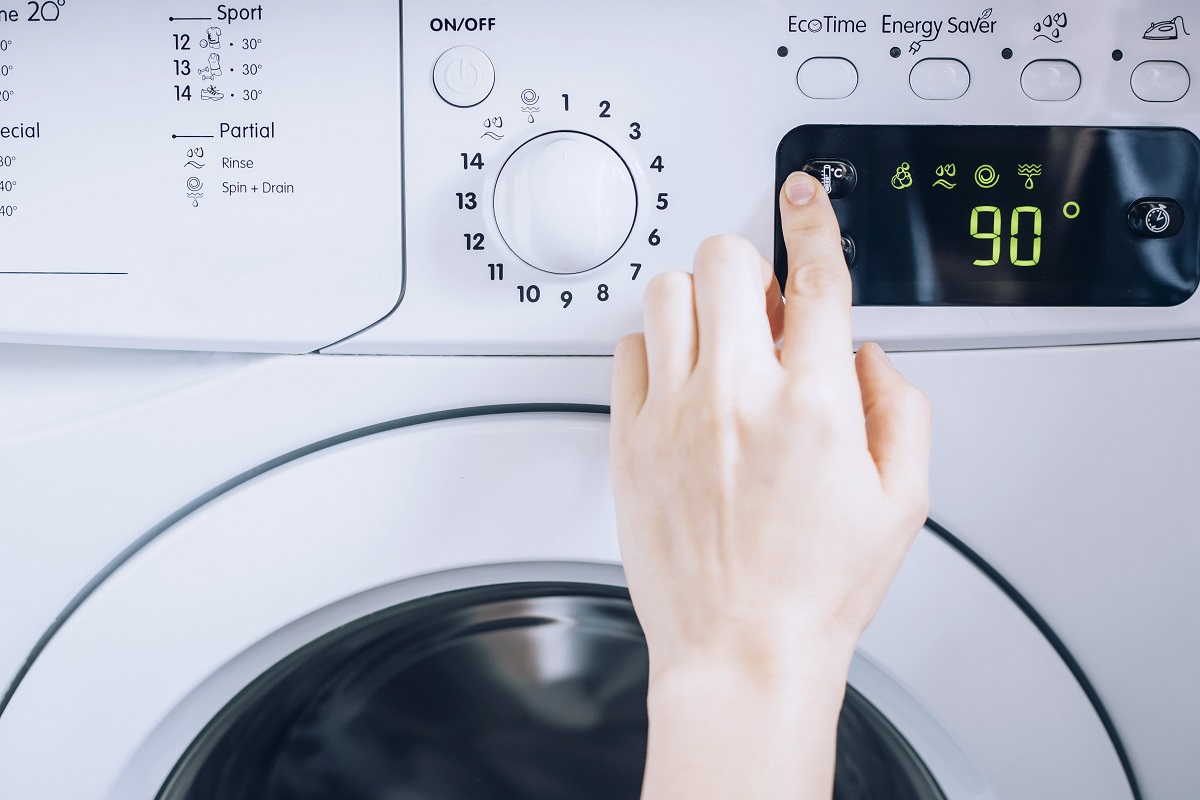

Articles
What Is Sanitize Cycle On Washer
Modified: January 19, 2024
Learn about the sanitize cycle on washers. Discover the benefits and how it helps remove bacteria and allergens from your articles.
(Many of the links in this article redirect to a specific reviewed product. Your purchase of these products through affiliate links helps to generate commission for Storables.com, at no extra cost. Learn more)
What Is Sanitize Cycle On Washer
The sanitize cycle on a washer is a specific setting designed to eliminate and kill bacteria, germs, and allergens from your laundry. This cycle uses high heat and prolonged agitation to ensure that your clothes are thoroughly cleaned and sanitized. It is particularly useful for items that require extra cleanliness, such as baby clothes, bedding, towels, and gym clothes.
When you select the sanitize cycle on your washer, it will utilize hot water at a temperature of around 140°F (60°C) or higher, depending on your specific machine. This high temperature is essential for killing bacteria and other microorganisms that may be present in your laundry. The cycle will also extend the wash time to ensure maximum exposure of the clothes to the hot water and detergent.
By using the sanitize cycle, you can effectively eliminate common household bacteria and allergens, including E. coli, salmonella, dust mites, and pet dander, among others. This is especially important for individuals with allergies, asthma, or weakened immune systems.
One of the main benefits of the sanitize cycle is its ability to address hygiene concerns. This is particularly valuable when it comes to handling soiled items, such as underwear, cloth diapers, or garments stained with bodily fluids. The high heat and agitation ensure that any potentially harmful contaminants are thoroughly removed and destroyed.
Additionally, the sanitize cycle is ideal for households with individuals who are prone to infections, such as young children or elderly family members. By regularly using this cycle, you can help prevent the spread of common illnesses and maintain a healthier living environment.
Many washers offer additional features in conjunction with the sanitize cycle, such as an extended rinse or steam option. These extra features further enhance the cleaning capabilities and ensure that your laundry is not only sanitized but also fresh and free from detergent residue.
When using the sanitize cycle, it is important to read your washer’s manual and follow the manufacturer’s instructions carefully. Some fabrics and delicate items may not be suitable for this cycle and could be damaged by the high heat or increased agitation. Always separate your laundry according to the wash instructions and adjust the settings accordingly.
It’s worth noting that the sanitize cycle may consume more energy and water compared to other cycles due to the higher temperature and extended duration. Therefore, it is advisable to use this cycle sparingly and only when necessary.
To conclude, the sanitize cycle on a washer is a powerful feature that provides an extra layer of cleanliness and hygiene. It effectively kills bacteria, germs, and allergens, ensuring that your laundry is thoroughly sanitized and safe. By following the proper usage guidelines and considering the specific needs of your household, you can benefit from the added protection and peace of mind that the sanitize cycle brings.
Key Takeaways:
- The sanitize cycle on a washer effectively eliminates bacteria, germs, and allergens, providing a higher level of cleanliness and hygiene for your laundry, especially for individuals with allergies or compromised immune systems.
- Proper usage of the sanitize cycle, including fabric compatibility, appropriate detergent, and considering energy and water usage, ensures optimal results and maintains a healthier living environment for you and your family.
Introduction
In today’s fast-paced world, cleanliness and hygiene have become more important than ever. One area where we often overlook cleanliness is in our laundry. From everyday clothing to bedding and towels, our laundry can harbor bacteria, germs, and allergens that can pose a risk to our health. That’s where the sanitize cycle on a washer comes in.
The sanitize cycle is a specialized setting on modern washing machines that is designed to eliminate and kill bacteria, germs, and allergens from our laundry. It is a valuable feature, especially in households with individuals who have allergies, asthma, or compromised immune systems.
The purpose of the sanitize cycle is to provide an extra layer of cleanliness and protection. It achieves this by subjecting the laundry to high heat and increased agitation, ensuring that any potentially harmful microorganisms are effectively eradicated. The cycle usually uses hot water at temperatures around 140°F (60°C) or higher, which is known to kill a wide range of bacteria and allergens.
Using the sanitize cycle can help address various hygiene concerns. For example, items such as baby clothes, bedding, towels, and gym clothes can harbor bacteria and odors that regular washing cycles might not fully eliminate. By using the sanitize cycle, you can ensure that these items are thoroughly cleaned and sanitized, providing a healthier living environment for you and your family.
In addition to removing bacteria and allergens, the sanitize cycle can also be effective in dealing with tough stains and odors. The combination of high heat and extended agitation helps to break down stubborn stains and remove unpleasant smells from your laundry.
It’s important to note that the sanitize cycle is not meant to replace good laundry practices, such as proper sorting, using appropriate detergents, and following garment care instructions. Instead, it is an additional tool that can enhance the cleanliness and sanitation of your laundry.
In the following sections, we will explore how the sanitize cycle works, its benefits, and some key considerations when using this feature. By understanding the capabilities and limitations of the sanitize cycle, you can make informed choices about when and how to utilize this valuable function on your washer.
Definition of Sanitize Cycle
The sanitize cycle on a washer is a specialized setting that uses high heat and extended agitation to eliminate bacteria, germs, and allergens from your laundry. It is designed to provide an extra level of cleanliness and hygiene, ensuring that your clothes are thoroughly sanitized.
When you select the sanitize cycle on your washer, the machine will heat the water to a temperature of around 140°F (60°C) or higher, depending on the specific model. This high heat is essential for killing bacteria and other microorganisms that may be present in your laundry. It helps to destroy pathogens and allergens, providing a healthier and safer environment for you and your family.
In addition to the high temperature, the sanitize cycle also incorporates prolonged agitation. The washer will agitate the clothes more vigorously, ensuring that the hot water and detergent are distributed evenly throughout the load. This extended agitation helps to dislodge dirt, stains, and bacteria, leaving your clothes cleaner and more sanitized.
The duration of the sanitize cycle can vary depending on the machine and the specific setting you choose. Some washers offer a quick sanitize option that completes the cycle in a shorter time, while others have a longer cycle for more thorough sanitization. It is important to follow the manufacturer’s instructions and select the appropriate cycle for your specific laundry needs.
It’s worth noting that the sanitize cycle differs from regular wash cycles in terms of temperature, agitation, and duration. While a regular wash cycle may effectively clean your clothes, the sanitize cycle provides an extra layer of protection by eliminating bacteria, germs, and allergens that may not be fully eradicated in a standard wash.
The sanitize cycle is particularly useful for items that require extra cleanliness and hygiene, such as baby clothes, bedding, towels, and gym clothes. These items are more likely to come into contact with bacteria, germs, and allergens that can pose health risks if not properly sanitized.
By utilizing the sanitize cycle on your washer, you can ensure that your laundry is not only clean but also free from harmful pathogens and allergens. It provides peace of mind, especially for individuals with allergies, asthma, or compromised immune systems.
In the following sections, we will explore how the sanitize cycle works, its benefits, and some considerations for proper usage. Understanding the definition and capabilities of the sanitize cycle will help you make informed decisions and take full advantage of this valuable feature on your washer.
How Does Sanitize Cycle Work
The sanitize cycle on a washer works by combining high heat and extended agitation to eliminate bacteria, germs, and allergens from your laundry. This powerful combination ensures thorough cleaning and sanitization of your clothes.
When you select the sanitize cycle on your washer, the machine will begin by heating the water to a high temperature, usually around 140°F (60°C) or higher. The hot water is essential for killing bacteria, germs, and allergens that may be present in your laundry. It helps to break down biological contaminants, ensuring that they are effectively eradicated.
Once the water reaches the desired temperature, the washer will begin the agitation phase. During this phase, the machine will agitate the clothes more vigorously than in a regular wash cycle. The increased agitation helps to dislodge dirt, stains, and bacteria from the fabric as the hot water and detergent circulate through the load.
The combination of high heat and extended agitation ensures that your laundry is thoroughly cleaned and sanitized. The heat kills bacteria and other microorganisms, while the agitation helps to remove dirt and stains. This process is particularly effective for items that require extra cleanliness, such as baby clothes, bedding, towels, and gym clothes.
Many washers also offer additional features along with the sanitize cycle to enhance the cleaning and sanitization process. Some models have an extended rinse option, which ensures that all detergent residue is thoroughly washed away. Others have a steam feature that releases steam into the washer, further assisting with cleaning and sanitizing your laundry.
It’s important to follow the instructions provided by the manufacturer when using the sanitize cycle. Different washer models may have variations in terms of temperature, agitation, and duration. It’s crucial to select the appropriate cycle for your specific laundry needs and consider any special care instructions for delicate fabrics.
It’s worth noting that the sanitize cycle may use more energy and water compared to regular wash cycles due to the higher temperature and increased agitation. Therefore, it is advisable to use the sanitize cycle sparingly and only when necessary. For everyday laundry, a normal wash cycle may suffice, while the sanitize cycle can be reserved for items that require extra cleanliness and sanitization.
In summary, the sanitize cycle on a washer works by using high heat and extended agitation to eliminate bacteria, germs, and allergens from your laundry. This combination ensures thorough cleaning and sanitization, providing peace of mind and a healthier living environment for you and your family.
Benefits of Using Sanitize Cycle
The sanitize cycle on a washer offers several benefits that can greatly enhance the cleanliness and hygiene of your laundry. Here are some key advantages of using the sanitize cycle:
1. Eliminates Bacteria and Germs: The primary benefit of using the sanitize cycle is that it effectively eliminates bacteria, germs, and other microorganisms from your laundry. The high heat and extended agitation work together to kill and remove these potentially harmful pathogens, ensuring that your clothes are thoroughly sanitized.
2. Removes Allergens: The sanitize cycle is particularly beneficial for individuals with allergies or sensitivities. It helps to remove allergens such as dust mites, pet dander, and pollen from your laundry, reducing the risk of allergic reactions and providing a cleaner environment for those with respiratory issues.
3. Handles Tough Stains and Odors: The combination of high heat and increased agitation in the sanitize cycle helps to break down tough stains and remove unpleasant odors from your clothes. This is especially useful for items that require thorough cleaning, such as heavily soiled garments, gym clothes, or items stained with bodily fluids.
4. Provides Hygienic Protection: The sanitize cycle ensures that your laundry is not only clean but also hygienically safe. It is particularly valuable for items that come into contact with bacteria or bodily fluids, such as baby clothes, underwear, bedding, and towels. The cycle provides an extra layer of protection, giving you peace of mind.
5. Reduces the Spread of Infections: By using the sanitize cycle regularly, you can help reduce the spread of common infections within your household. The high heat and agitation effectively destroy pathogens, preventing cross-contamination and maintaining a healthier living environment for you and your family.
6. Enhances Longevity of Clothes: The sanitize cycle not only cleans but also helps to extend the lifespan of your clothes. Eliminating bacteria and germs from your garments can prevent them from deteriorating over time, ensuring that they remain fresh and durable for longer.
7. Additional Features for Enhanced Cleaning: Many washers offer additional features in conjunction with the sanitize cycle, such as extended rinse options or steam functionality. These features further enhance the cleaning and sanitization process, ensuring that your laundry is not only sanitized but also fresh and free from detergent residue.
It’s important to note that the sanitize cycle is not meant to replace regular laundry practices, such as proper sorting, using appropriate detergents, and following garment care instructions. Instead, it is an additional tool that can enhance the cleanliness and sanitation of your laundry, particularly for items that require extra care.
By utilizing the sanitize cycle on your washer, you can enjoy the benefits of cleaner, sanitized, and hygienically safe laundry. It provides a peace of mind, especially for households with individuals who have allergies, asthma, or compromised immune systems.
The sanitize cycle on a washer uses high heat or steam to kill bacteria and allergens on clothing, making it ideal for items like towels, underwear, and bedding. Always follow the manufacturer’s instructions for best results.
Read more: What Is Sanitary Cycle on LG Washer
Common Features of Sanitize Cycle
The sanitize cycle on a washer comes with various features that enhance its cleaning and sanitization capabilities. While specific features may vary depending on the washer model and brand, there are several common features often found in sanitize cycles. Here are some of the most common features:
1. High Heat: One of the key features of the sanitize cycle is the use of high heat. The cycle typically heats the water to a temperature of around 140°F (60°C) or higher, which is known to effectively kill bacteria, germs, and allergens. The high heat ensures that your laundry is thoroughly sanitized and free from harmful pathogens.
2. Prolonged Agitation: In addition to high heat, the sanitize cycle also incorporates prolonged agitation. The washer will agitate the clothes more vigorously than in a regular wash cycle. This increased agitation helps to dislodge dirt, stains, and bacteria from the fabric, ensuring a thorough and effective cleaning process.
3. Extended Duration: The sanitize cycle often has a longer duration compared to other wash cycles. This longer duration allows for extended exposure to high heat and agitation, ensuring that your laundry receives sufficient cleaning and sanitization. The duration may vary depending on the specific machine and sanitize cycle setting chosen.
4. Adjustable Temperature: Some washers allow you to adjust the temperature of the sanitize cycle to suit your specific needs. This feature is particularly useful as different fabrics and garments may have different temperature requirements for optimal cleaning and sanitization. Being able to customize the temperature adds versatility and flexibility to the sanitize cycle.
5. Extra Rinse Option: Many washers offer an extra rinse option in conjunction with the sanitize cycle. This additional rinse helps to remove any remaining detergent residue and ensures that your laundry is thoroughly cleaned and free from any potential irritants. Using the extra rinse option can further enhance the cleanliness of your laundry.
6. Steam Functionality: Some high-end washers may come equipped with a steam feature in their sanitize cycle. The steam function releases steam into the washer, which aids in the cleaning and sanitization process. Steam helps to penetrate the fabric and loosen dirt, stains, and bacteria, providing a more thorough and effective sanitization.
7. Customizable Settings: Washers with advanced control panels often allow users to customize the sanitize cycle settings according to their needs. This feature may include the ability to adjust the temperature, duration, and level of agitation. Being able to customize the settings ensures that you have more control over the sanitization process and can tailor it to your specific laundry requirements.
It’s important to consult the user manual and follow the manufacturer’s instructions when using the sanitize cycle and its associated features. Different washer models may have variations in terms of available features and settings. Understanding and utilizing these features appropriately will maximize the effectiveness of the sanitize cycle and help you achieve cleaner, sanitized laundry.
By taking advantage of the common features found in the sanitize cycle, you can ensure that your laundry receives thorough cleaning and effective sanitization. The combination of high heat, prolonged agitation, and customizable settings enhances the cleanliness and hygiene of your clothes, providing a safer and more pleasant laundering experience.
Comparison with Other Washer Cycle Settings
When it comes to washing machines, there are various cycle settings available, each designed to address different cleaning needs. It’s important to understand how the sanitize cycle compares to other washer cycle settings to determine the most suitable option for your specific laundry requirements. Here’s a comparison of the sanitize cycle with some commonly found washer cycle settings:
1. Normal Wash Cycle: The normal wash cycle is the standard setting for everyday laundry. It typically uses warm or cold water, moderate agitation, and a shorter duration. While the normal wash cycle effectively cleans your clothes, it may not provide the same level of sanitization as the dedicated sanitize cycle. The sanitize cycle utilizes higher temperatures and prolonged agitation to ensure thorough elimination of bacteria, germs, and allergens that may be present in your laundry.
2. Heavy Duty Cycle: The heavy-duty cycle is designed for heavily soiled items, such as work clothes or heavily stained garments. It uses longer wash times, increased agitation, and sometimes higher temperatures. While the heavy-duty cycle can effectively clean and remove tough stains, it may not provide the same level of sanitization as the sanitize cycle. The sanitize cycle specifically targets bacteria, germs, and allergens, ensuring a higher level of cleanliness and hygiene.
3. Delicate or Gentle Cycle: The delicate or gentle cycle is intended for delicate fabrics that require more careful handling and less agitation. It uses lower agitation, shorter wash times, and colder water temperatures to protect fragile fabrics. While the delicate or gentle cycle is suitable for sensitive fabrics, it may not provide the same level of sanitization as the sanitize cycle. Delicate items that require sanitization, such as baby clothes or bedding, may benefit from using the sanitize cycle to ensure thorough cleaning and elimination of bacteria and allergens.
4. Quick Wash Cycle: The quick wash cycle is designed for lightly soiled items that need a fast wash turnaround. It uses shorter wash times, lower agitation, and sometimes cooler water temperatures. The quick wash cycle may not provide as deep a clean or sanitization as the sanitize cycle, as it is designed for efficiency and speed rather than thorough elimination of bacteria and allergens. For items that require extra cleanliness, it is recommended to use the sanitize cycle instead.
5. Allergen or Bedding Cycle: Some washers offer specialized cycles, such as allergen or bedding cycles, that are designed to address specific cleaning needs. These cycles often incorporate higher temperatures, increased agitation, and extended durations to eliminate allergens, bacteria, and odors. While these cycles may provide some level of sanitization, the sanitize cycle is specifically engineered for thorough bacteria and germ eradication, making it a more suitable choice for achieving a higher level of cleanliness and hygiene.
It’s essential to consider the specific care instructions for your garments and fabrics when selecting a washer cycle setting. Delicate fabrics may require a gentle cycle, while heavily soiled items may benefit from a heavy-duty cycle. However, for items that require extra cleanliness and thorough sanitization, such as baby clothes, bedding, or gym clothes, utilizing the sanitize cycle is the best option.
By understanding the differences between the sanitize cycle and other washer cycle settings, you can make an informed decision and choose the most appropriate setting to meet your specific cleaning and sanitization needs. The sanitize cycle ensures a higher level of cleanliness, elimination of bacteria and allergens, and peace of mind when it comes to maintaining a hygienic living environment.
Proper Usage of Sanitize Cycle
Using the sanitize cycle on your washer can provide significant benefits in terms of cleanliness and hygiene. However, it’s important to use the sanitize cycle properly to achieve optimal results and avoid any potential issues. Here are some guidelines for the proper usage of the sanitize cycle:
1. Read the Instruction Manual: Before using the sanitize cycle, it’s crucial to read and understand the instruction manual provided by the manufacturer. Different washers may have variations in terms of temperature, agitation, and duration for the sanitize cycle. The manual will provide specific guidance on how to best utilize the sanitize cycle on your particular machine.
2. Separate Laundry Appropriately: Properly sorting your laundry is essential for optimal results. Separate heavily soiled items, such as work clothes or heavily stained garments, from lightly soiled items. This will help prevent the transfer of dirt, stains, and bacteria to other clothing during the sanitize cycle. Also, separate delicate fabrics that may not be suitable for the sanitize cycle, as high heat and increased agitation can damage them.
3. Select the Right Water Temperature: Most sanitize cycles require hot water to effectively eliminate bacteria, germs, and allergens. Ensure that the water temperature is set to the appropriate level recommended for sanitizing. The typical temperature for a sanitize cycle is around 140°F (60°C) or higher. Adjust the settings on your washer accordingly to ensure that the water reaches the desired temperature.
4. Use an Appropriate Detergent: Choose a detergent that is suitable for the sanitize cycle. Look for laundry detergents that are specifically formulated for high-temperature washes and have antibacterial or sanitizing properties. These detergents can help enhance the cleaning and sanitization process during the sanitize cycle. Follow the recommended dosage instructions for the specific detergent you are using.
5. Avoid Overloading the Washer: To ensure proper cleaning and sanitization, avoid overloading the washer. Overloading can hinder the effectiveness of the sanitize cycle, as the laundry needs ample room to move and agitate properly. Follow the manufacturer’s guidelines regarding load capacity to ensure optimal results.
6. Use Additional Features as Needed: Many washers offer additional features in conjunction with the sanitize cycle, such as an extra rinse or steam option. Consider utilizing these features to further enhance the cleaning and sanitization process. The extra rinse helps to remove any remaining detergent residue, while steam can assist in eliminating stains and odors from your laundry.
7. Follow Garment Care Instructions: Pay attention to the care instructions on your clothing labels. Some fabrics and delicate items may not be suitable for the sanitize cycle and could be damaged by the high heat or increased agitation. Always follow the care instructions provided by the manufacturer to ensure that your clothing retains its quality and longevity.
8. Use the Sanitize Cycle Sparingly: While the sanitize cycle provides excellent cleaning and sanitization, it is advisable to use it sparingly and when necessary. The sanitize cycle may consume more energy and water compared to other wash cycles due to the higher temperature and extended duration. Reserve the sanitize cycle for items that require extra cleanliness, such as baby clothes, bedding, towels, and gym clothes.
By following these guidelines for proper usage of the sanitize cycle, you can achieve optimal cleanliness and sanitization for your laundry. It’s important to remember that the sanitize cycle is an additional tool to enhance your laundry routine, and it should be used in conjunction with good laundry practices, such as proper sorting, appropriate detergents, and following garment care instructions. With proper usage, you can enjoy clean, sanitized clothes and a healthier living environment.
Factors to Consider Before Using Sanitize Cycle
The sanitize cycle on a washer can be a valuable tool for achieving cleaner and more hygienic laundry. However, before using the sanitize cycle, there are several factors to consider to ensure optimal results and avoid any potential issues. Here are some key factors to keep in mind:
1. Fabric Compatibility: Not all fabrics are suitable for the sanitize cycle. Delicate fabrics, such as silk, lace, or wool, may be damaged by the high heat and increased agitation associated with the sanitize cycle. Always check the care instructions on your garments to determine if they can withstand the conditions of the sanitize cycle. If in doubt, it’s best to err on the side of caution and choose a gentler cycle or handwash these delicate fabrics.
2. Stain or Soil Level: Consider the level of stain or soil on your laundry before deciding to use the sanitize cycle. If your clothing is lightly soiled and does not contain tough stains or odors, using a regular wash cycle may be sufficient to clean them effectively. Reserve the sanitize cycle for items that require extra cleaning and sanitization, such as heavily soiled garments, gym clothes, or items stained with bodily fluids.
3. Allergies and Sensitivities: Individuals with allergies or sensitivities may benefit greatly from using the sanitize cycle. However, it’s important to consider the specific allergens or irritants that affect you or your family members. Certain allergens, such as pet dander or pollen, may not be effectively removed with the sanitize cycle alone. In such cases, using additional measures, such as regular vacuuming or using allergen-resistant bedding, in conjunction with the sanitize cycle, can provide better relief.
4. Energy and Water Usage: The sanitize cycle typically requires higher temperatures and longer durations, which can result in increased energy and water consumption compared to other wash cycles. It’s important to consider the environmental impact of using the sanitize cycle and use it sparingly when truly necessary. For everyday laundry that doesn’t require extra sanitization, opting for a regular wash cycle can help conserve energy and water.
5. Manufacturer Instructions: Every washer model may have specific instructions and recommendations for using the sanitize cycle. It’s crucial to read the manufacturer’s manual and understand their guidelines for proper usage. This includes selecting the appropriate temperature, load size, and any additional features that enhance the sanitize cycle. Following the manufacturer’s instructions ensures that you get the best results and avoid any potential damage to your washer or clothing.
6. Regular Maintenance: To ensure the sanitize cycle functions effectively, it’s important to maintain your washer regularly. Follow the recommended maintenance procedures, such as cleaning the detergent drawer, lint filter, and drum. A clean and well-maintained washer will provide optimal cleaning and sanitization results with the sanitize cycle.
7. Cost Considerations: Depending on your specific washer model, using the sanitize cycle may result in higher energy and water bills compared to other wash cycles. It’s essential to factor in the cost considerations before deciding to use the sanitize cycle frequently. Except for heavily soiled or contaminated items, using the sanitize cycle sparingly can help manage costs while still maintaining a hygienic laundry routine.
By considering these factors before using the sanitize cycle, you can ensure that you make informed decisions and achieve optimal results for your laundry. Remember to prioritize fabric compatibility, the level of soil or stains, consider any allergies or sensitivities, and follow the manufacturer’s instructions. By doing so, the sanitize cycle can become an effective tool for achieving cleaner, sanitized clothes and a healthier living environment.
Read more: When To Use Steam Cycle On Washer
Conclusion
The sanitize cycle on a washer is a powerful feature that provides an extra layer of cleanliness and hygiene for your laundry. By utilizing high heat and prolonged agitation, the sanitize cycle effectively eliminates bacteria, germs, and allergens, ensuring that your clothes are thoroughly cleaned and sanitized.
There are several key benefits to using the sanitize cycle. It can help eliminate common household bacteria and allergens, making it particularly valuable for individuals with allergies, asthma, or weakened immune systems. The sanitize cycle is also effective in handling tough stains and odors, ensuring that your laundry is not only clean but also fresh and free from unpleasant smells.
Common features of the sanitize cycle include high heat, prolonged agitation, adjustable temperature settings, and additional features like extended rinses or steam functionality. These features enhance the cleaning and sanitization process, providing you with peace of mind and a higher level of cleanliness for your laundry.
When using the sanitize cycle, it’s important to follow proper usage guidelines. Take care to read the manufacturer’s instructions, separate laundry appropriately, select the right water temperature, use appropriate detergent, avoid overloading the washer, and consider additional features as needed. Understanding and utilizing these guidelines will help you achieve optimal results and maintain the longevity of your clothing.
Before using the sanitize cycle, consider factors such as fabric compatibility, stain or soil level, allergies and sensitivities, energy and water usage, manufacturer instructions, and regular maintenance. Considering these factors will ensure that you make informed decisions and use the sanitize cycle effectively and efficiently for your specific laundry needs.
In conclusion, the sanitize cycle on a washer is a valuable feature that provides enhanced cleanliness, sanitization, and hygiene for your laundry. By following proper usage guidelines and considering relevant factors, you can make the most out of the sanitize cycle and enjoy cleaner, sanitized clothes for you and your family. Incorporate the sanitize cycle into your laundry routine and experience the peace of mind that comes with a healthier living environment.
Frequently Asked Questions about What Is Sanitize Cycle On Washer
Was this page helpful?
At Storables.com, we guarantee accurate and reliable information. Our content, validated by Expert Board Contributors, is crafted following stringent Editorial Policies. We're committed to providing you with well-researched, expert-backed insights for all your informational needs.
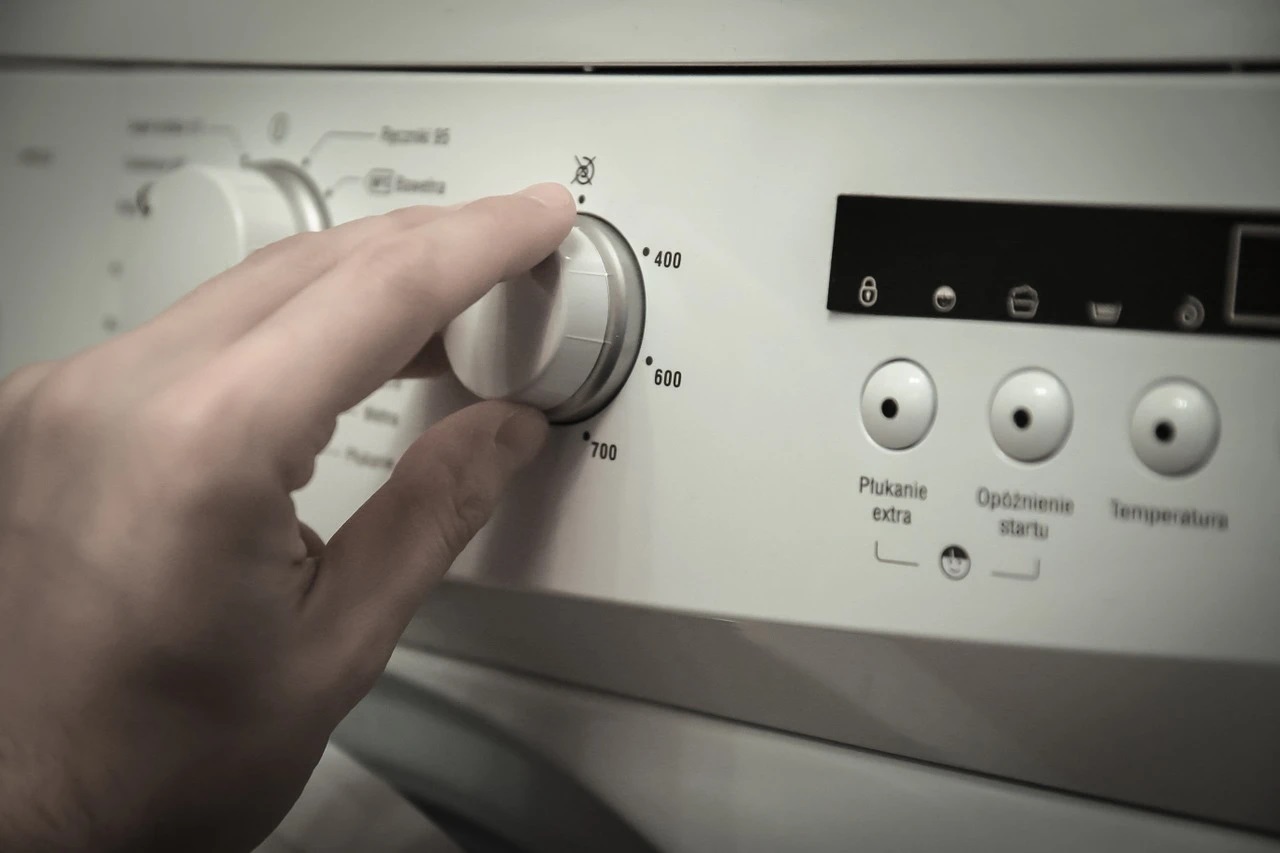


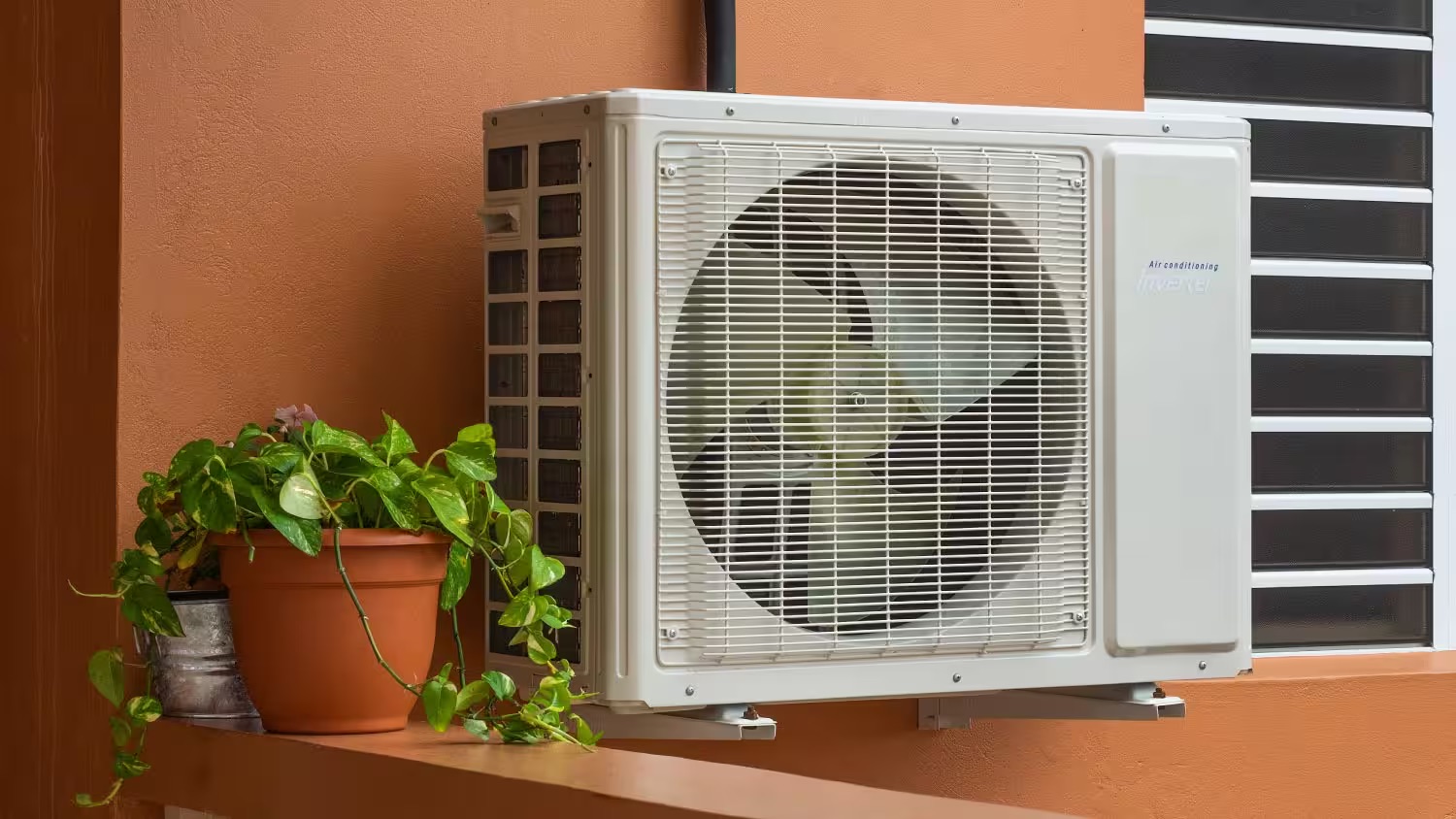

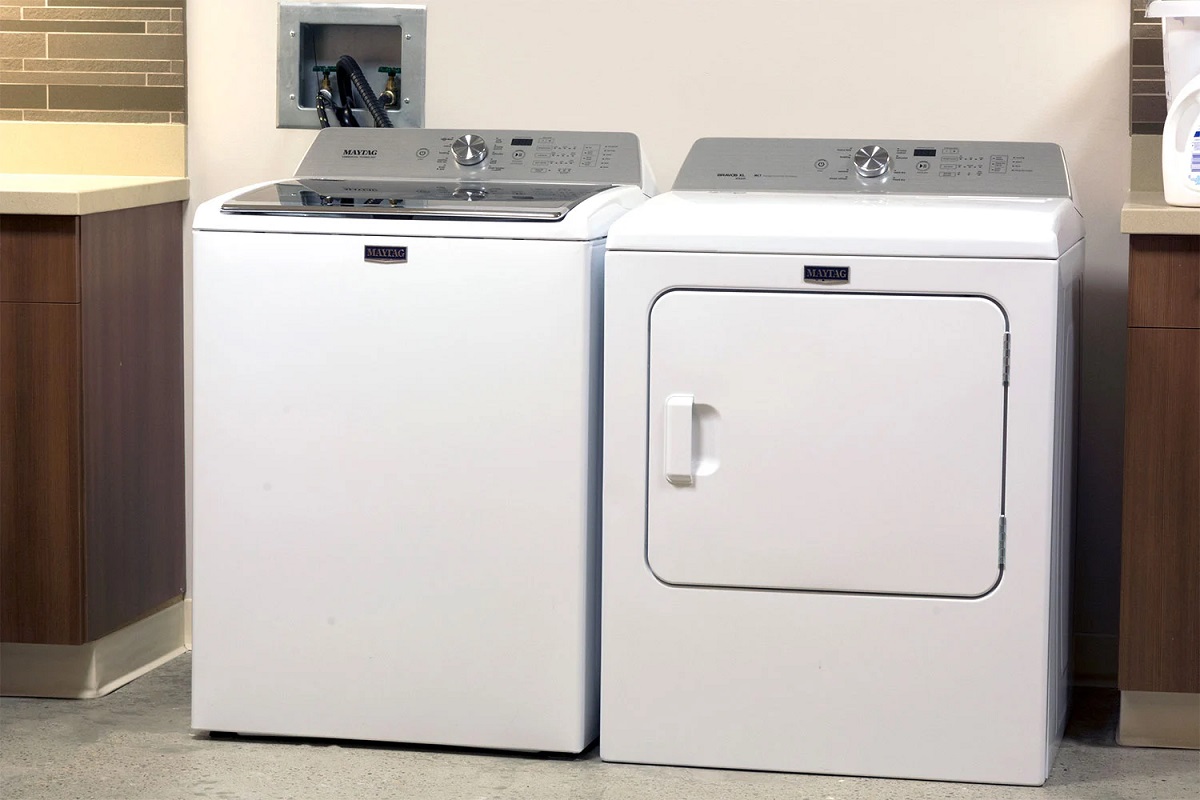


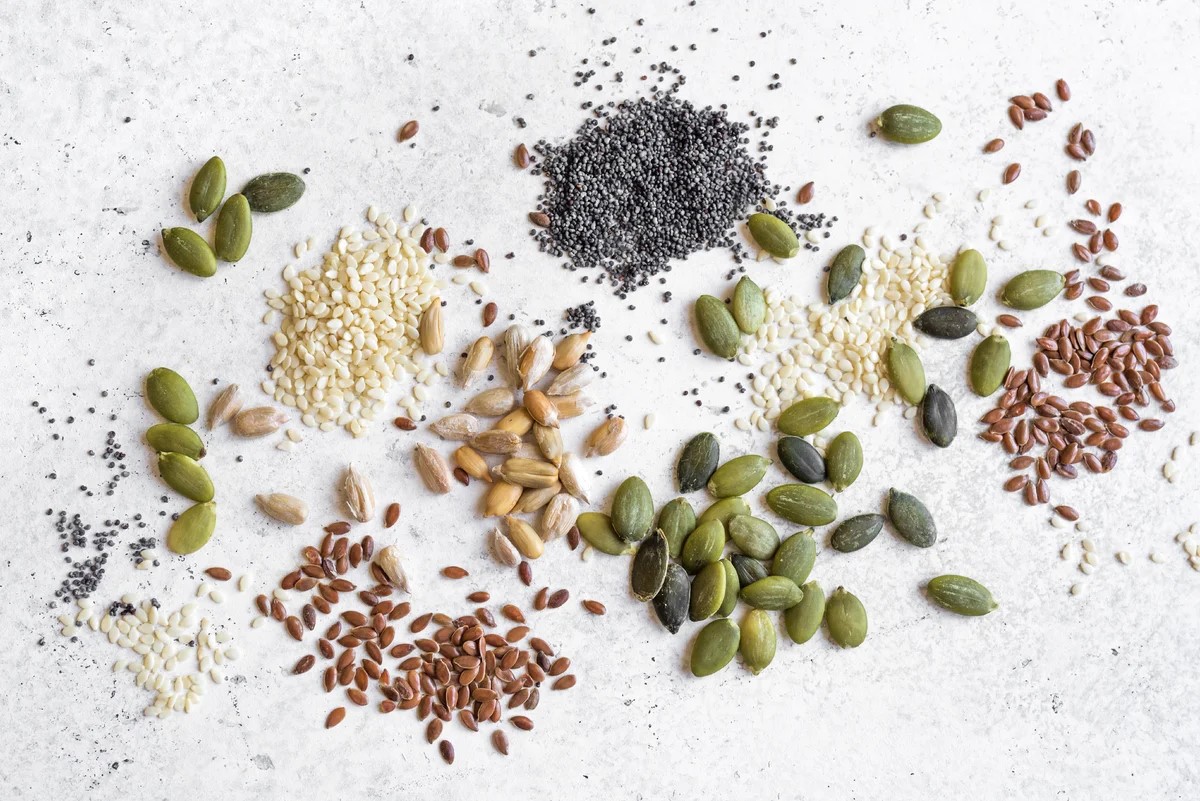
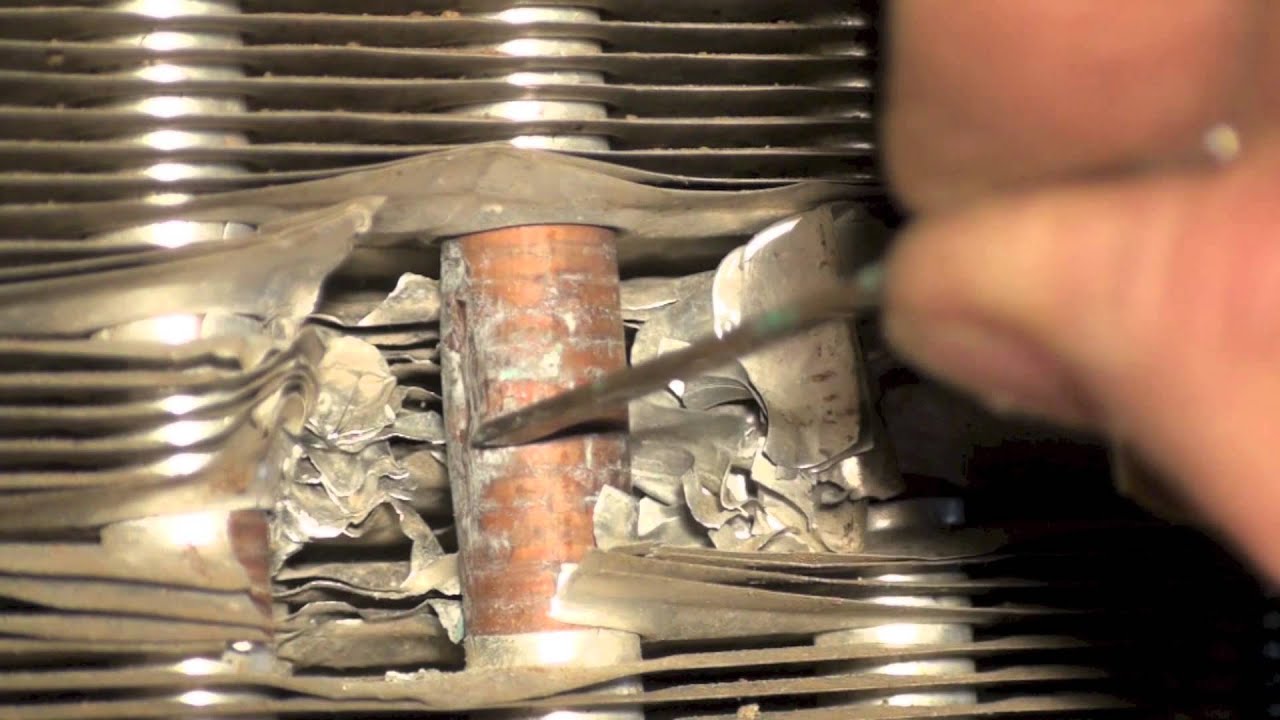
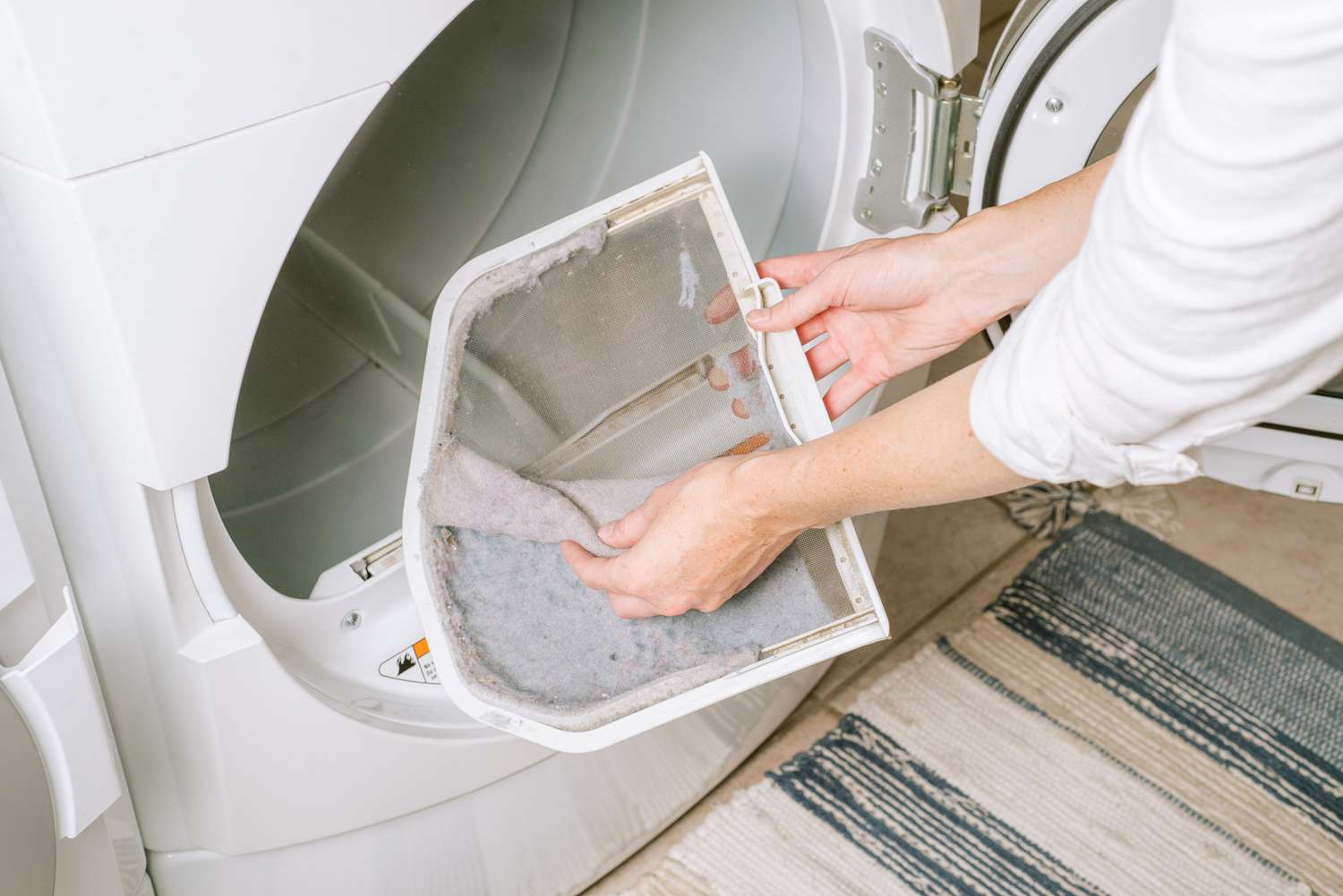
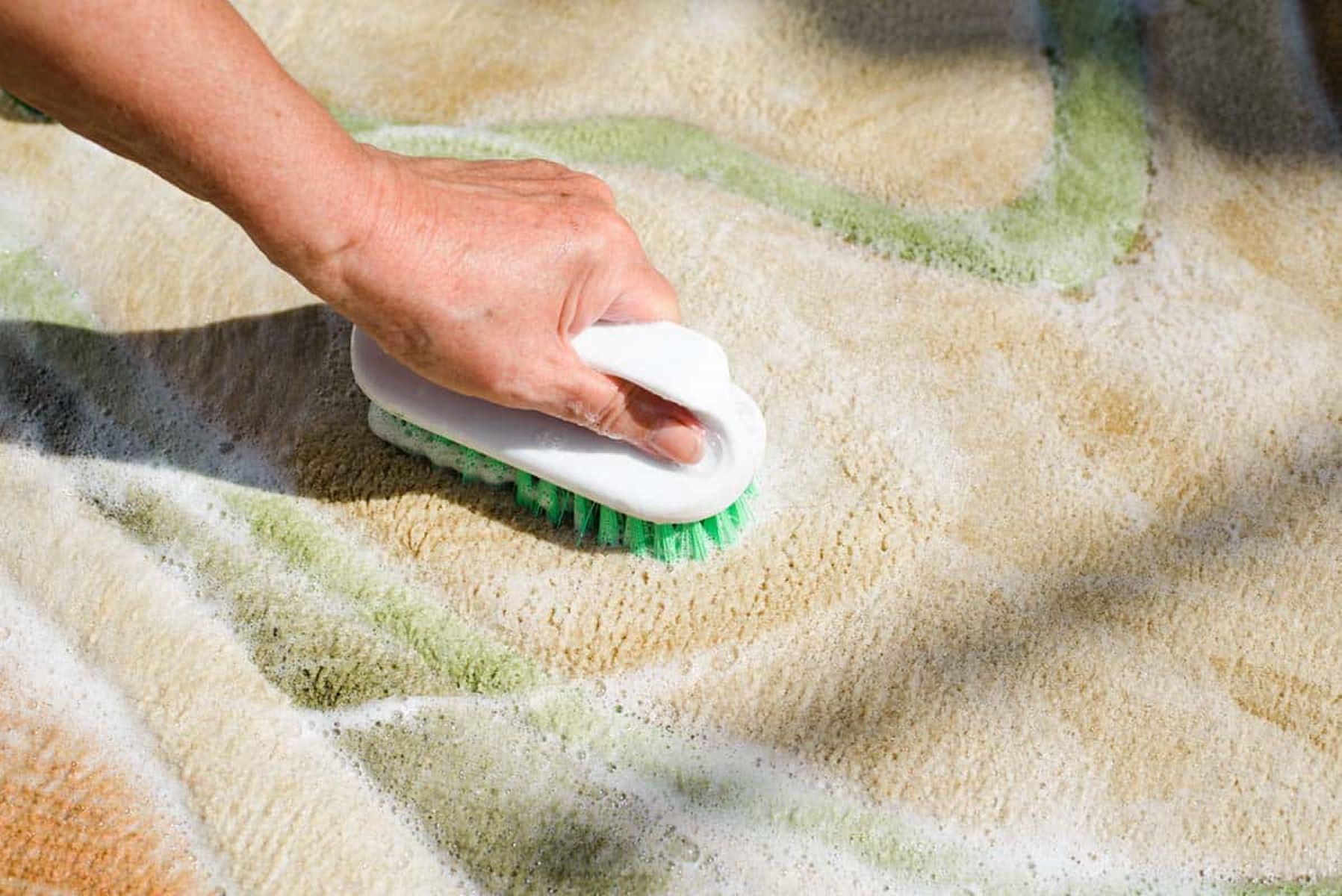


0 thoughts on “What Is Sanitize Cycle On Washer”